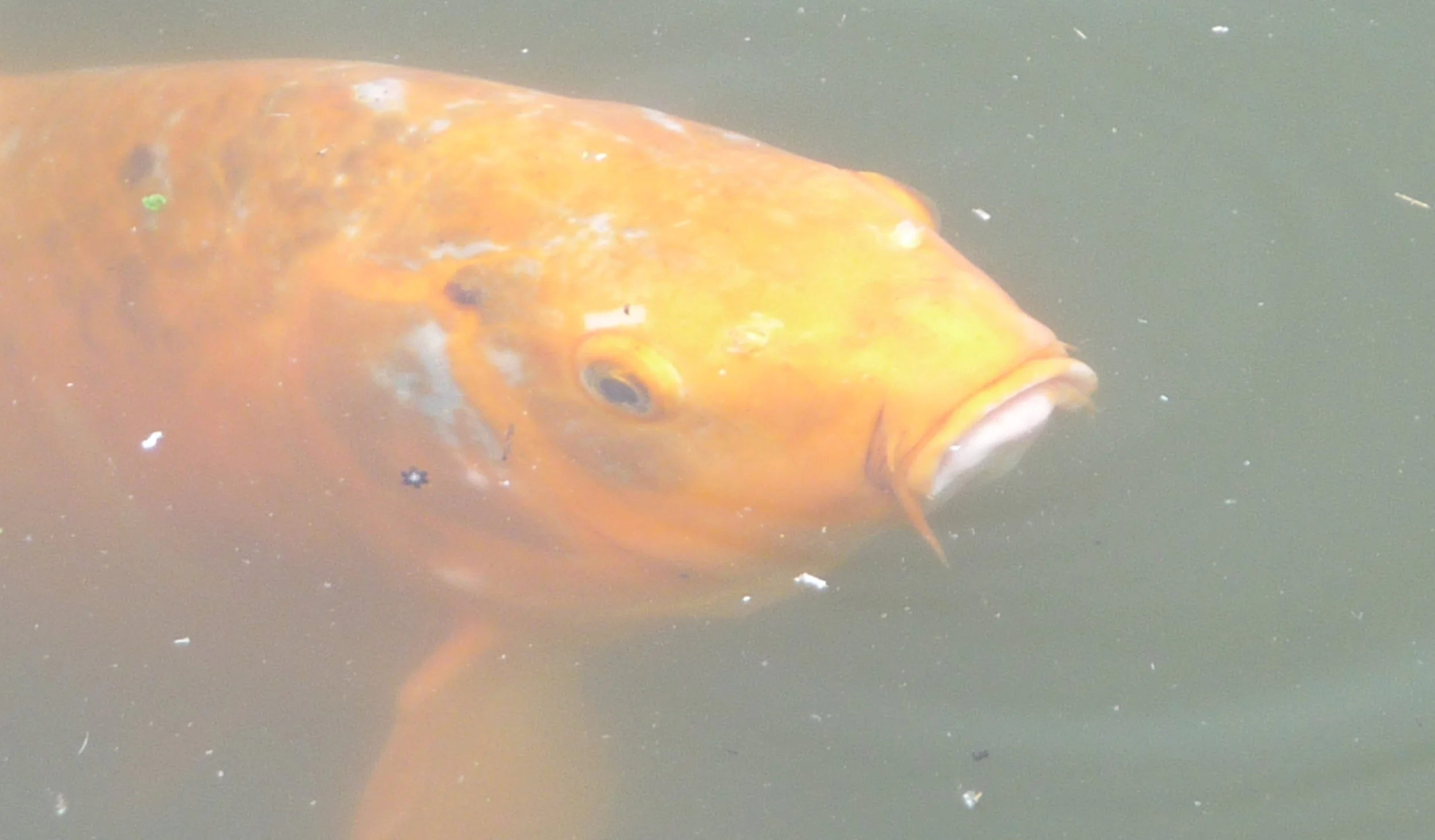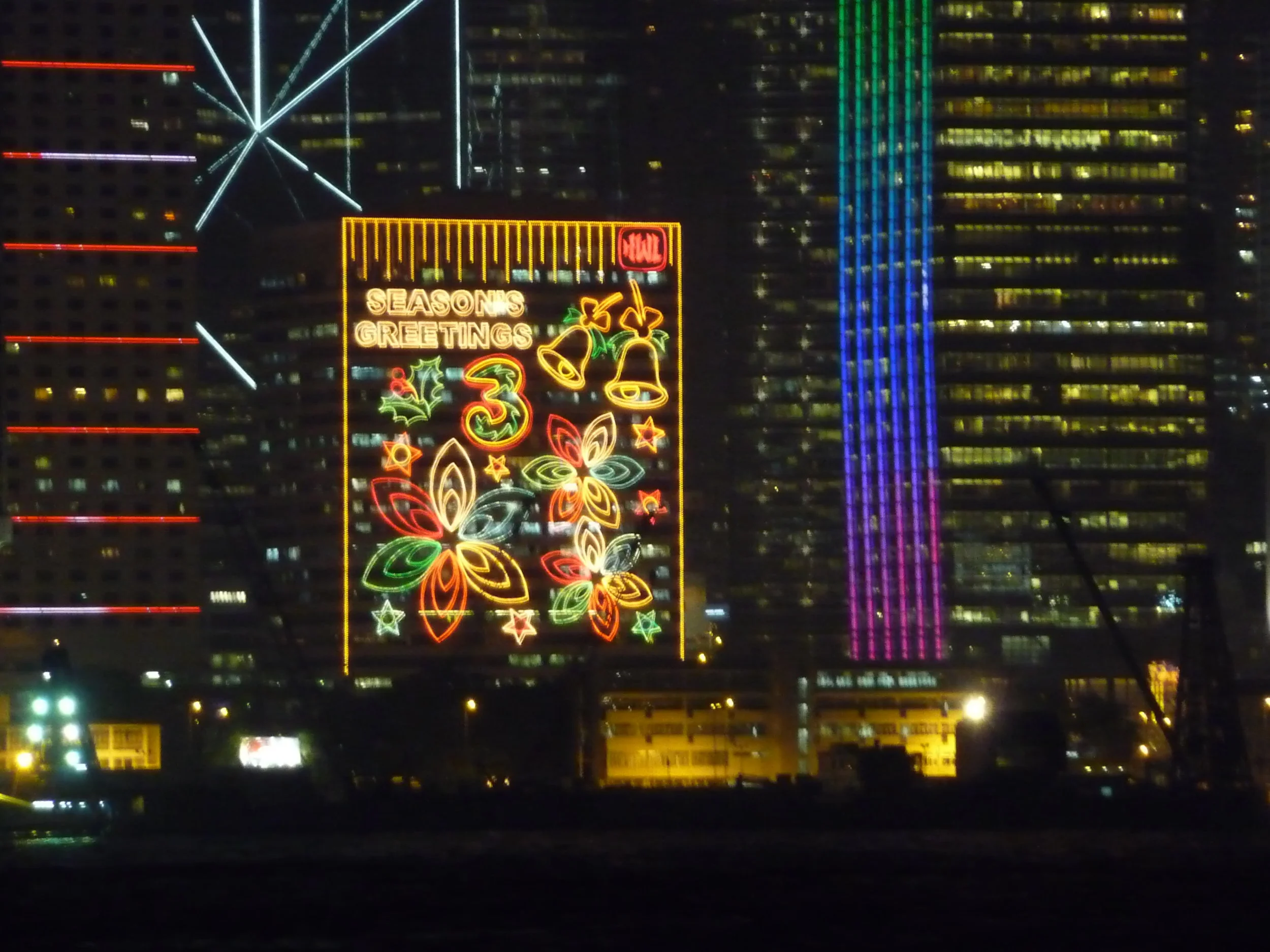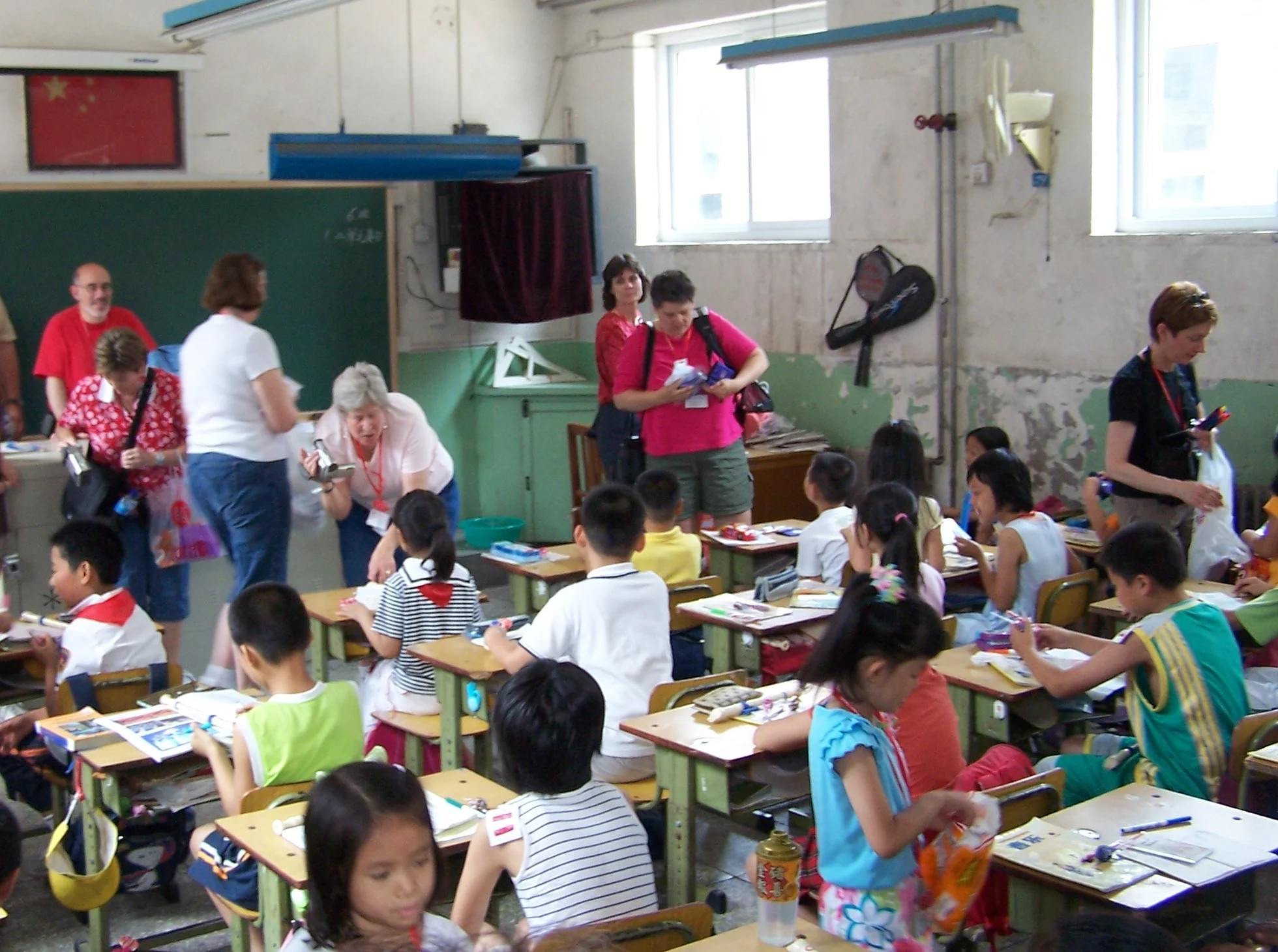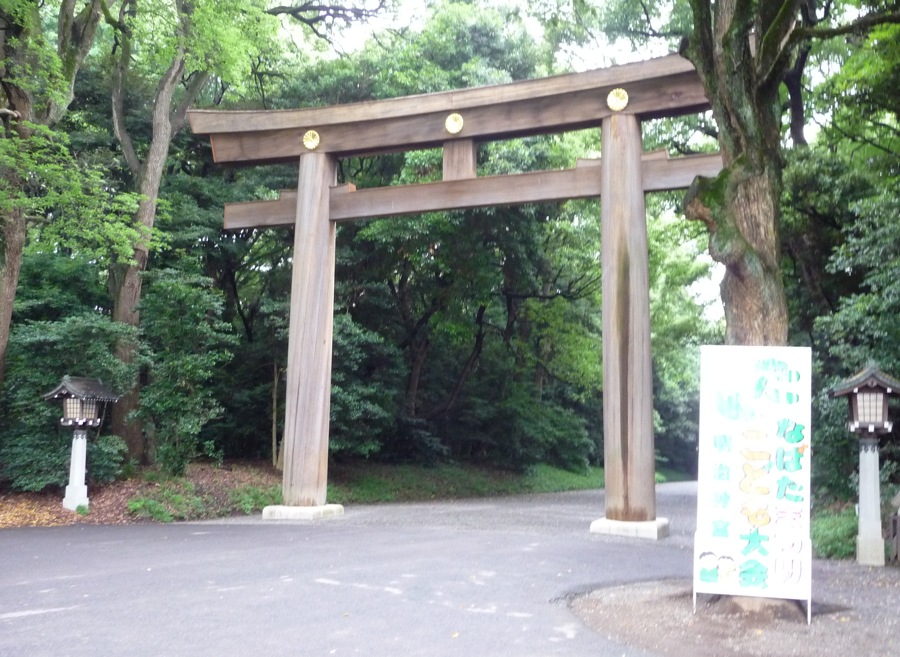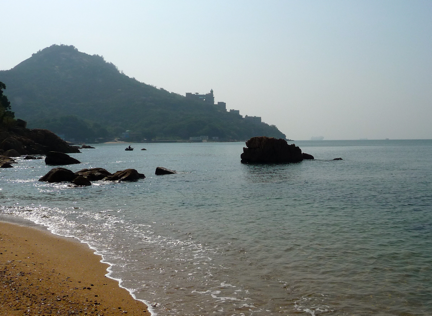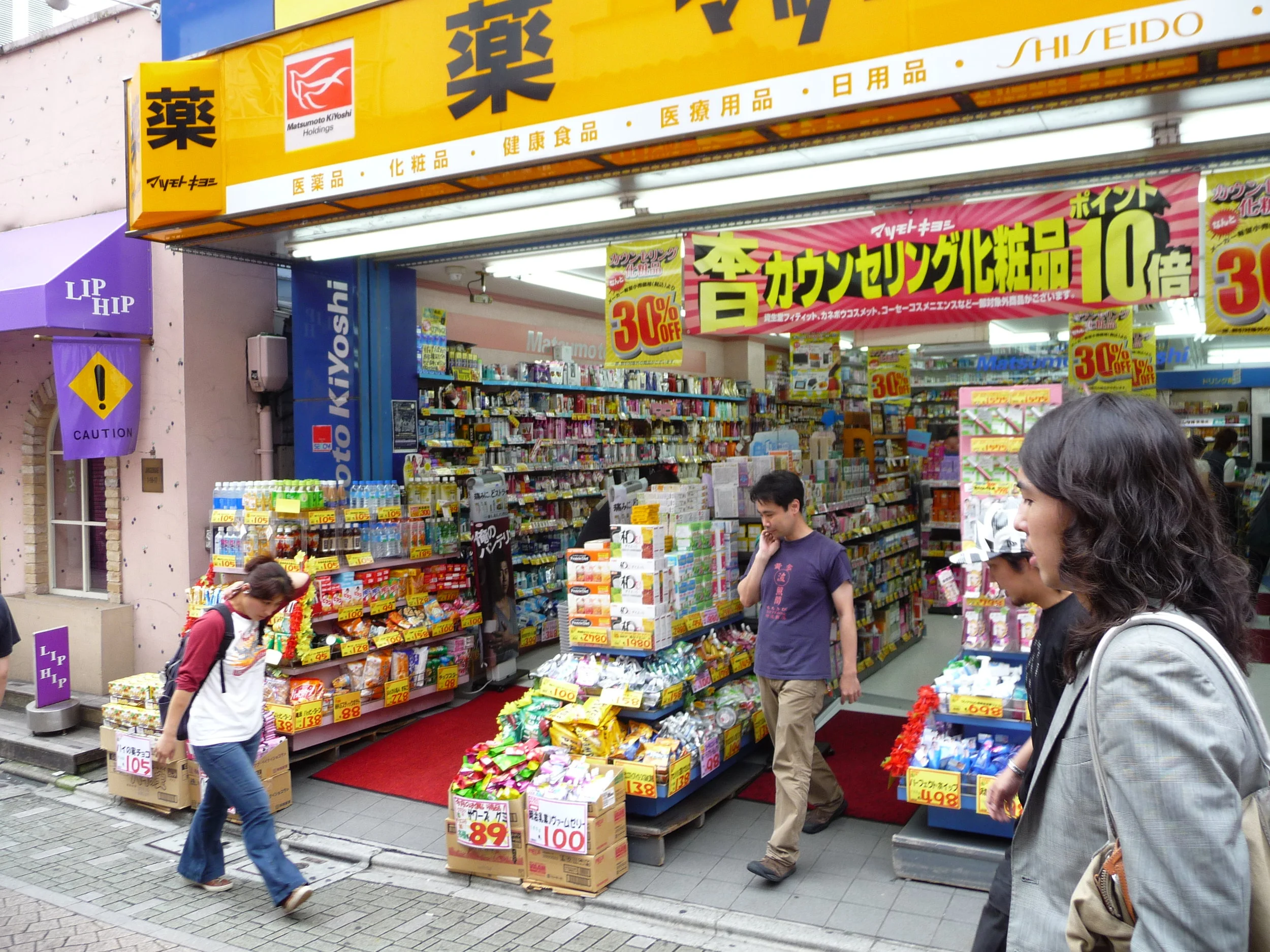Tokyo - Meiji Jingu
/Where: West side of Tokyo, in between the Shibuya and Shinjuku districts
When: July 2009
In America, you say “Tokyo” and people think shiny towers and clean, fast trains and floating LED screens with the occasional robot walking around in a crowd of office workers wearing expensive suits and watching their iPhones. All preprogrammed and optimized and efficient. “The City of the Future.” And sure, there are parts of the city that are almost like that. The vending machines are almost there.
So a visitor to Tokyo probably isn’t going to expect some things. How most of the buildings are actually from the 1950s-1970s. How far out the city actually stretches. How most people actually live in modest houses or townhomes and not in soaring, soulless apartment blocks. And considering how many people live there, just how much green space can actually be found.
Now I wish I could say something wonderful like “Tokyo is a city of trees,” but that just isn’t true. The city had to rebuild with what it had after World War II, and in fact most of the reconstruction didn’t really get going until the late 1950s.
Walking into the grounds of the Meiji Jingu shrine, the forest and the buildings feel ancient; a preserved outpost of history from the feudal era. But that isn’t true, either. The original shrine didn’t start construction until 1915 and the grounds weren’t finished until 1926. The place isn’t even one hundred years old.
Oh, and it was burned along with the rest of western Tokyo in April and May 1945 by U.S. bombing raids. These buildings were reconstructed in 1958; they’re Mid-Century architecture like so much of the rest of the city. My own house in Minnesota is only three years younger!
So to wander the grounds of this place is not to travel into the distant past – it is to appreciate the choices of people my grandparents’ age: to deliberately set aside a large tract of charred land that they knew would have great commercial value during a time of building a city from the ground up. To replant trees which weren’t that old to begin with. To rededicate a shrine to a former emperor who had brought a divided Japan out of feudalism, when their entire shattered country was coming out of fascism.
It took courage to choose not to take a bite out here for an office building, and a bite out there for apartments, and a bite out on the side for more railroad tracks.
You wouldn’t know that, standing on the gravel pathway in silence, watching monks up ahead sweep leaves out of the way.
You wouldn’t know it was a deliberate choice to make the main yard as big as it is – but the size allows a million people to visit for New Year’s Day. And they all walk along those same quiet extra-wide gravel paths. The reverence for nature and tradition, and the logistics of crowd management and even commerce were designed to be that way. Deliberate choices. You might say, preprogrammed and efficient – at least for this place and this purpose.
During reconstruction, the city fathers could easily have made Tokyo into a grid like Houston or Chicago. And some neighborhoods actually are grids; others follow the original roads or long-lost geographic features. It doesn’t make the city as a whole particularly pretty, or make it really look like it came from the future. But it does make the citizens appreciate each park, each tree, as each one was deliberately put there.
And it does make Tokyo the City of Choices.
How to get there
Harajuku’s iconic station on the Japan Railways “Yamanote” ring line around Tokyo, as shown in the photo above, is the simplest way to reach the park, with easy access from Shibuya, Shinjuku, Ikebukuro, and other suburban hotel hubs.
On the Tokyo Metro, the Meiji-Jingumae station is only a few blocks from the southern entrance to the park, and is served by the (green) Chiyoda Line and the (brown) Fukutoshin Line. Those lines don’t link up to major hotel centers so you’d need to connect at an upstream station.
You could also get off at the Omotesando station about 10 minutes’ walk away, as that is served by the (orange) Ginza Line and (purple) Hanzomon Line – both of which link to hotel centers like Akasaka-mitsuke, Shimbashi, and of course Ginza.
The northern entrance to the park is about a 5-minute walk south of the Yoyogi station on the JR Yamanote line, which is also a stop on the Toei Subway’s (pink) Oedo Line. By either train, it’s one stop south of the mega-hub of Shinjuku. The Oedo Line does link to the hotel center at Roppongi.
The Shinjuku station is only about 1 mile north of the north entrance, and nearly all the metro and JR lines in western Tokyo converge there; plus Shinjuku itself has a heavy concentration of high-end hotels.
Nearby accommodation and activities
The grounds don’t just contain the shrine; the western third is Yoyogi Park, a classic city park with fountains and open grassy lawns – in the springtime this is a popular spot for watching the cherry blossoms!
To the south, across Highway 413, there are several indoor and outdoor sports stadiums, outdoor stages and market stalls, a performing arts theater, a concert hall, and the main buildings for national TV broadcaster NHK. And if you’ve walked that far, you’re only a quarter-mile from the shopping, dining, and people-watching hub of Shibuya.
As mentioned above, immediately east across the Yamanote Line tracks are the youth-fashion oriented Harajuku district and the high-end shopping street of Omotesando, with fancy shopping malls and boutiques (and also the very kid-friendly Kiddy Land toy store!)
Virtually any neighborhood in central, northern, southern, or western Tokyo is going to have excellent Metro and rail links – so with a stored-value Suica Card, the city is yours to explore from a vast selection of hotels.
The big Western hotel chains have had a difficult time expanding in Tokyo because the railroad lines that essentially rebuilt the city after WWII owned much of the land around their stations, and to make those stations productive, they also built the department stores and hotel chains in prime locations. In western Tokyo, that would be the Tokyu company… Japanese hotels are mainly set up for Japanese business travelers, but with that heads-up, here are some west-side suggestions:
Hotel Century Southern Tower in Shinjuku
Shibuya Excel Hotel Tokyu
Tokyu Stay Shibuya
There’s also a pair of Courtyard by Marriott worth considering, as that brand does well by family-travelers:
Courtyard Tokyo Ginza
Courtyard Tokyo Station
Other links
https://en.wikipedia.org/wiki/Meiji_Shrine
http://www.gotokyo.org/en/kanko/shibuya/spot/1956.html
http://www.japan-guide.com/e/e3002.html
http://japantraveladvice.com/meiji-jingu-shrine/
Our Pinterest folder for Tokyo
Our airport guide for Tokyo Narita

